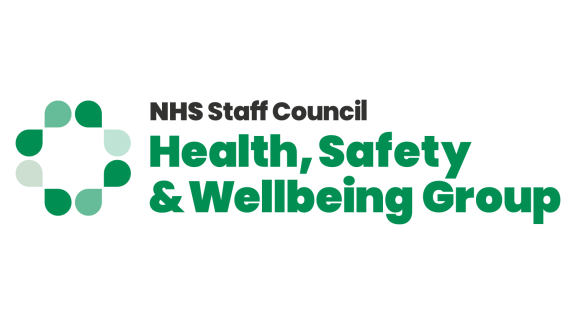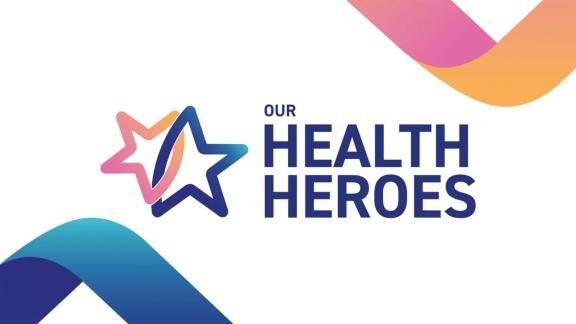The Workplace (Health, Safety and Welfare) Regulations 1992 and the Workplace (Health, Safety and Welfare) Regulations (Northern Ireland) 1993 places a number of legal requirements on organisations in terms of welfare facilities for staff. Regulation 22 to 25 are the key regulations that apply and are detailed in the appendix.
While a vehicle does not count as a workplace, under the regulations it is essential that peripatetic staff who travel during their working day have access to facilities. Our joint principles recognise the needs of peripatetic staff.
Drinking water (Regulation 22)
The regulations require organisations to have a ‘readily accessible’ supply of drinking water and a supply of vessels/cups to use to drink the water. In the case of non-disposable cups, a facility for washing them should be provided nearby. Water can be from a tap (it does not need to be labelled as drinking water unless there are significant risks of people drinking non-drinking water) or a water dispensing system.
Keeping hydrated is essential, particularly for those in safety critical areas. Dehydration can lead to decreased cognitive function and heat stress. Certain groups of workers may need to drink more water including those wearing PPE for long periods, those with underlying conditions, and those experiencing the menopause and associated hot flushes. This is particularly important during hot weather.
While a vehicle does not count as a ‘workplace’, it is essential that peripatetic staff who travel during their working day are able to access areas to top up water bottles or take a drink. Driving while dehydrated can present risks in terms of cognitive function and fatigue.
Organisations should ensure that all staff have easy access to drinking water, not only during break times but during their shift. Where there are concerns about infection control, the organisation should work together to find a resolution to any issues and not deny staff ready access to drinking water.
Facilities to rest and to eat meals (Regulation 25)
Organisations must provide suitable and sufficient facilities, that are readily accessible, to allow workers to rest and eat meals away from their working environment to avoid the contamination of food. There should be adequate seating and tables for the number of staff that are likely to use them at any one time. Provisions need to ensure that there is suitable seating for disabled members of staff and there must be facilities for pregnant or nursing mothers to rest.
The supporting Approved Code of Practice to the regulations calls on organisations to have eating facilities that include an area for preparing or obtaining a hot drink, such as an electric kettle, a vending machine, or a canteen. Workers who work during hours or at places where hot food cannot be obtained in, or reasonably near, the workplace should be provided with the means for heating their own food.
Eating facilities should be kept clean to a suitable hygiene standard. Clear responsibility for cleaning should be allocated.
Canteens or restaurants may be used as rest facilities, providing there is no obligation to buy food in order to use them.
Workers should be able to take their rest breaks and eat meals without being disturbed by members of the public.
Special provisions need to be put in place for pregnant staff and nursing mothers, including facilities with close proximity to toilets and somewhere to lie down. Facilities should be accessible to staff with disabilities.
In many healthcare environments, it is not suitable to eat a meal or snack at the workstation due to contamination. Therefore, it is important that healthcare staff working in clinical environments have readily accessible rest room facilities to be able to eat and take their break.
Furthermore, where hot food is not readily available out of hours or during shifts, organisations should ensure there are adequate facilities to allow staff to store and heat up food e.g., fridges and microwaves. There should be adequate amounts of equipment for the staff who may be using them at any one time. There should be cleaning schedules in place for rest/eating areas and equipment.
Facilities to rest, network with colleagues, and have a healthy balanced meal are also important for mental health and wellbeing.
Organisations should ensure that there are adequate facilities for staff to have their breaks in a COVID safe way i.e., enabling social distancing and ensuring compliance with the Working Time Regulations on rest breaks and the NHS Terms and Conditions Handbook chapter on working time.
Sheffield Teaching Hospitals NHS Foundation Trust have approximately 47 calm rooms and three Breathing Spaces (in the Chapels) on site and have made a successful bid to Sheffield Hospitals Charity to retain these until the end of December 2022. The rooms have been particularly beneficial to staff during the pandemic as they provide a space for them to reflect and recharge. A qualitative evaluation of the rooms showed that the calm rooms helped keep staff experiencing anxiety in work. In particular, the location of the calm rooms seemed to be particularly beneficial, rather than the size of them. For instance, if the proximity of a calm room is closer to acute COVID wards, they appear to be more frequently used.
Southern Health and Social Care Trust, owing to no visitors to the hospitals, dedicated family rooms repurposed for staff. This was led by the trust’s Human Resources Psychology Staff Support Team & Health Improvement Teams. These rooms were decorated with greenery and items to ground staff into the present moment including essential oil massage creams and sprays, posters with key messages, music and sensory lights and recliner chairs. A village area was also created for staff comprising a marquee and a number of portacabins brought in especially in response to COVID-19. Some teams also created small spaces where staff could have a quiet moment, snacks and refreshments were provided, hand creams with essential oils, these were also decorated with some art two new massage chairs were donated by a charity for staff. In some spaces staff were also able to do jigsaws and mindful colouring and other creative activities to help them relax during breaks. Given staff feedback, the managers showed a commitment to keep the spaces for calm space for staff and families. There was an opportunity for staff to link with the Psychology team on an ad-hoc basis.
Changing facilities and lockers
Organisations must have facilities for staff to store their clothing when they have to change into a uniform for work. Such facilities need to be secure, such as individual lockers. Organisations also need to ensure that, when wet, workers’ own personal clothing can be hung in a clean, warm, dry, well-ventilated place, where it can dry out during the working day if necessary.
A changing room or rooms should be provided for workers who change into special work clothing and where they remove more than outer clothing. Changing rooms should also be provided where necessary to prevent workers’ own clothing being contaminated by a hazardous substance. The changing facilities should be fitted with adequate seating and contain, or connect directly with, clothing accommodation and showering/ bathing facilities that have accessible facilities for disabled staff. They should be accessible from workrooms and eating facilities and ensure the occupier’s privacy.
The facilities should be large enough to allow the maximum number of workers expected to use them at any one time to do so without overcrowding or unreasonable delay. There should be separate facilities for, or separate use of facilities by, men, women, and disabled staff.
Sanitary and washing facilities
Suitable and sufficient sanitary conveniences and washing facilities should be provided at readily accessible places and workers should be able to use them without unreasonable delay. They and the rooms containing them should be kept clean and be adequately ventilated and lit.
Washing facilities should have running hot and cold or warm water, soap and clean towels or other means of cleaning or drying. Where the work is dirty or results in contamination of the skin by hazardous or offensive materials, suitable and sufficient showers should also be provided for staff to use. Men and women should have separate facilities unless each facility is in a separate room with a lockable door and is for use by only one person at a time.
Specific information on the number of toilets and wash basins per person can be found in the Health and Safety Executives’ Workplace health, safety, and welfare - Workplace (Health, Safety and Welfare) Regulations 1992.




